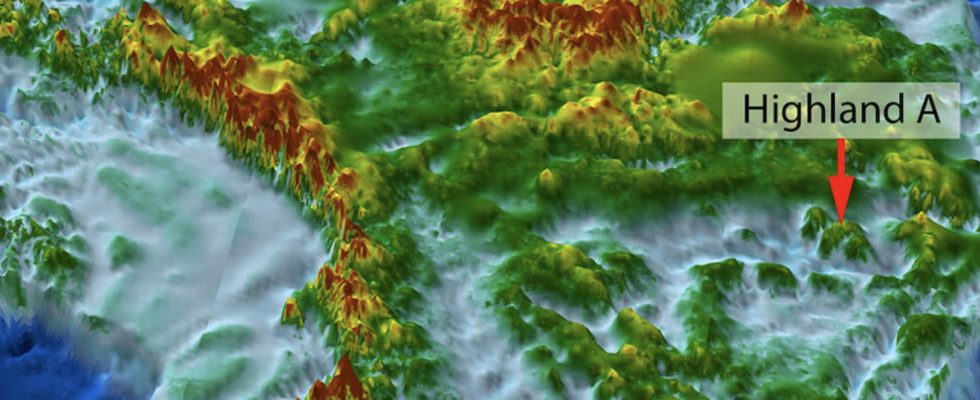This is what Antarctica looked like before it was covered in ice. It was much warmer than today!
Antarctica was not always a wasteland of ice and snow. Earth’s southernmost continent once had rivers and forests teeming with life. Using satellite observations and ice-penetrating radar, scientists now glimpse the lost world of Antarctica. Researchers have detected beneath the continent’s ice cap a vast ancient landscape, filled with valleys and ridges, apparently shaped by rivers before being swallowed up by glaciation long ago.
This landscape, located in the Wilkes Land region of East Antarctica, bordering the Indian Ocean, covers an area roughly equal to that of Belgium or the US state of Maryland. The researchers said the landscape appears to be at least 14 million years old and possibly beyond 34 million years old, when Antarctica entered its deep freeze.
It’s hard to know what this lost world might have been like before the ice came, but it was certainly warmer then. Depending on the period we go back to, this place must have had climates ranging from that of present-day Patagonia to something closer to tropical. Ancient palm pollen has been discovered in Antarctica.
According to the researchers, the terrain beneath this ice is less known than the surface of Mars. They said one way to unlock its mysteries would be to drill through the ice and obtain a sample of the sediments underneath. This could lead to evidence revealing ancient flora and fauna, as was done with samples obtained in Greenland dating back 2 million years.
Some previous studies have also revealed ancient landscapes beneath Antarctica’s ice, including mountains and highlands, although the landscape discovered in the new study is the first of its type. The landscape has been modified by different processes influenced by rivers, tectonics and glaciation over a very long geological period. Just before 34 million years ago, the landscape and flora of Antarctica likely resembled today’s cool temperate rainforests of Tasmania, New Zealand, and the Patagonia region of South America.
Antarctica was once part of the Gondwana supercontinent which also encompassed what is now Africa, South America, Australia, the Indian subcontinent and the Arabian Peninsula, but eventually broke away and is become isolated in a geological process called plate tectonics.
